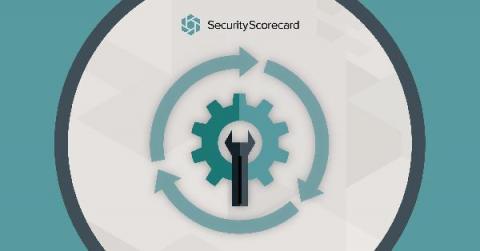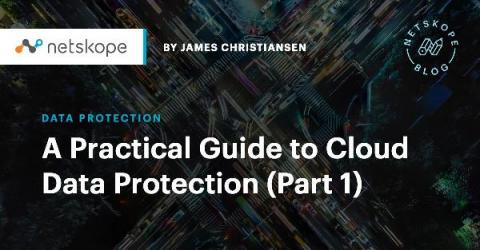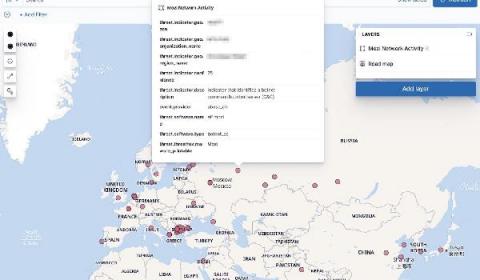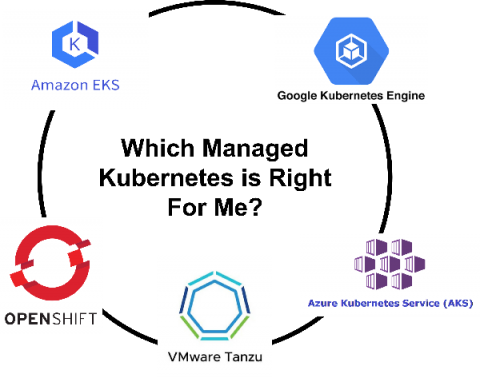Company Trends Report: Visibility into Cyber Risk Management
Everyone tracks progress. Whether it’s academics, health, or job skills, people need visibility into where they started and how well they’re advancing toward a goal. From a business perspective, tracking progress gives insight into whether the organization is prioritizing activities for long-term initiatives or whether it needs to take corrective action. Sometimes, the progress reports remain internal. Other times, organizations share them with customers and business partners.











